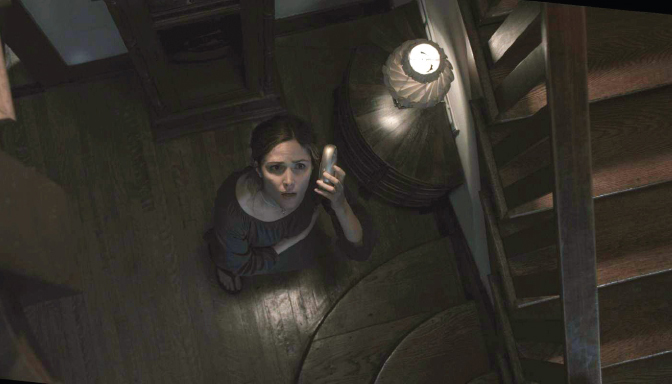5.1 LISTENING: A FIVE-STEP PROCESS
Printed Page 147
LISTENING: A FIVE-STEP PROCESS
Listening draws on auditory and visual cues
The scares in horror movies almost always begin with sounds. Long before we ever see the demon that haunts the family in the movie Insidious (2010), for example, the young boy Dalton hears mysterious noises from the attic. While investigating, he hears a threatening rustling coming at him from the darkness. Later, his mother hears whispering voices in the baby monitor. When she goes to check, she hears a loud and angry voice—even though no one is there. Similar sounds haunt such films as Paranormal Activity, The Haunting, and The Amityville Horror. As we sit in the comfort of movie theaters or living rooms—feeling our blood pressure rising—we too listen intently to these voices and sounds, trying to understand them, and imagining how we would respond if we were in similar situations.

Horror screenwriters use sounds to trigger fear because they know the powerful role that listening plays in our lives. But what the writers, and we, often don’t think about is that listening isn’t just one isolated experience. Instead, it’s a complex process. Specifically, listening involves receiving, attending to, understanding, responding to, and recalling sounds and visual images (Wolvin & Coakley, 1996). When you’re listening to someone, you draw on both auditory and visual cues. In addition to spoken messages, behaviors such as head nodding, smiling, gestures, and eye contact affect how you listen to others and interpret their communication. The process of listening also unfolds over time, rather than instantaneously, through the five steps discussed here.